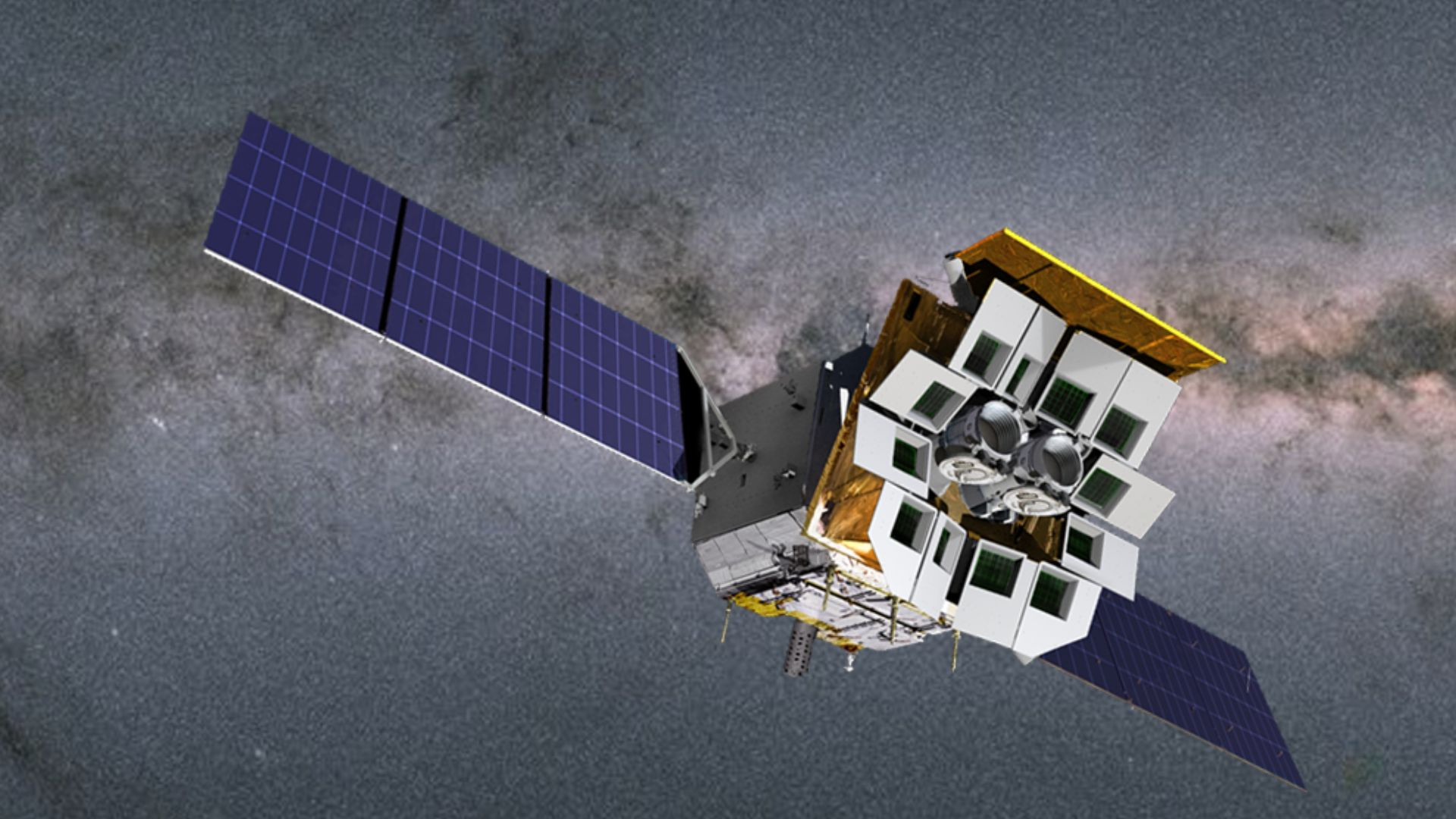beijingwalker
ELITE MEMBER

- Joined
- Nov 4, 2011
- Messages
- 65,191
- Reaction score
- -55
- Country
- Location
China tests world’s first ‘lobster eye’ space telescope to X-ray universe more accurately
The telescope will be able to observe "10,000 full moons," compared to NASA's Chandra X-ray Observatory, which takes images slightly larger than the size of the full moon.Baba Tamim
Dec 28, 2022 08:05 AM EST
The world's first "lobster eye" space telescope, which will enable researchers to record X-ray images of the universe accurately, has undergone successful testing in China.
Lobster Eye Imager for Astronomy (LEIA), the 53 kg (117 lb) telescope, captured high-quality photographs of X-ray sources of the cosmos, according to a paper published in the peer-reviewed journal The Astrophysical Journal Letters last week.
"We are very excited about LEIA's results. They've shown that our technology works and the observation precision exceeded our expectation," said astrophysicist Yuan Weimin, the mission's chief scientist from the National Astronomical Observatory in Beijing.
The telescope captured the center of our galaxy, the Magellanic Clouds and the Scorpius constellation, at a distance of 500 km (310 miles) above the Earth.
X-rays have a strong penetrating strength, making them challenging to reflect and focus on.
According to Weimin, no existing X-ray telescope could capture high-resolution photographs of a sufficiently vast area of the sky. While some could quickly sweep the sky and only detect the brightest sources, others could precisely track one source and not much else.
The Einstein Probe, a much larger telescope being created by Chinese and European scientists and set to be launched into orbit late next year to revolutionize understanding of the X-ray universe, will utilize LEIA's technology.
Why the lobster eye?
Biologists first learned how crustaceans like lobster and shrimp had eyes to adapt to their "murky" underwater habitats in the 1970s.The lobster has an infinite field of vision thanks to the structure that allows light to reflect in all directions inside the tubes and converge on the retina.
The many small square tubes that make up a lobster's eye all aim toward the same spherical center.
For X-ray telescopes to obtain a wide and deep vision simultaneously, American astronomer Roger Angel suggested employing a similar method.
The idea was a tremendous engineering task back then. It wasn't until recently that it was finally feasible, thanks to advancements in microprocessing technology and the development of the micropore optics technique.

China tests world’s first ‘lobster eye’ space telescope to X-ray universe more accurately
The world's first "lobster eye" space telescope, which will enable researchers to record X-ray images of the universe more accurately, has undergone successful testing in China.
